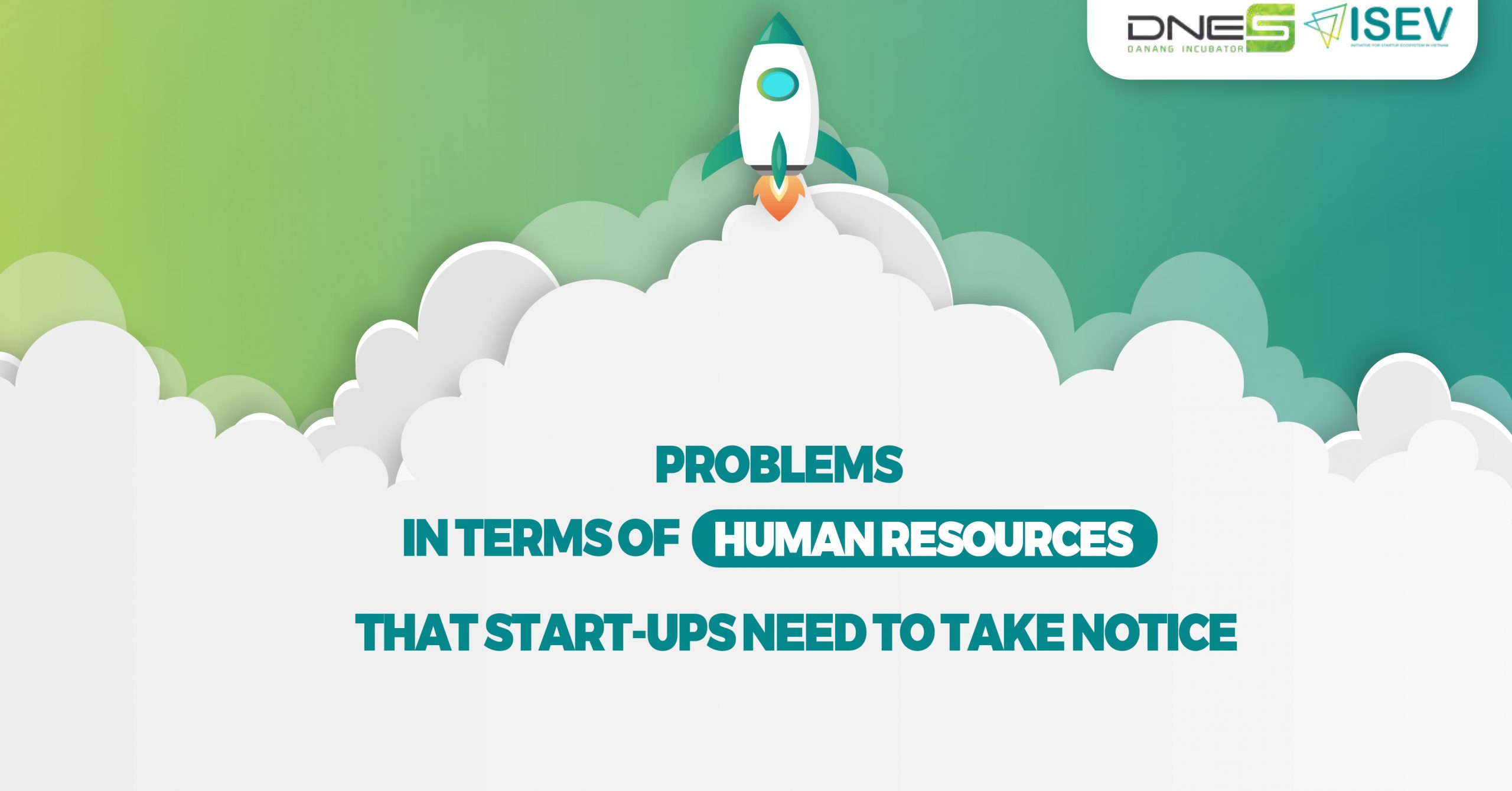START-UP FINANCIAL PLAN
Start-up finance is one of the most important aspects of a start-up. However, if a traditional business pursues positive profitability goals most of the time, then start-ups can pursue more priority goals: growing the number of users, expanding the scope of operations… And when a certain size milestone is reached, the return will be superior to the amount of finance invested. Understanding the importance of finance in start-ups, this lesson will provide a panoramic view of startup finance, especially the stages that a startup financial plan will have to go through.
1. An overview:
Startups often don't have cash flow at the first stage, but mostly pay to feed the machine, build products, and attract users. In addition, because startups often have only intellectual property and not fixed assets, capital raising will often come from ventures such as:
-
Angel investor
-
Seed ventures
-
Ventures capital
-
Crowdfunding
In addition, the possibility of exit planning is a top concern in the development of financial plans and strategies. Depending on the stage, combined with the level of risk, the expectation of return when divestment will be different. Startups must always test and adjust many scenarios for start-up finance according to each development of startup growth.
II. 6 stages that a startup financial plan will go through:
The financial strategy of a startup will go hand in hand with three factors, collectively called "stages of startup stages" – startup stages. These factors include: (1) the development of the product and the market, (2) the participation of investors, (3) the division or dilution of corporate shares.
For a start-up, the best start-up financial plan will usually go through the following 6 stages:
1. Stage of ideation:
The first founder to come up with a market-breaking idea or a new technology, a new business model that can be replicated over and over again. At this stage, the large capital demand may not be so important, so it may not be necessary to finance it.
However, founders still need to be proactive through financial scenarios of at least 6 months to 1 year. In addition, the founder must also plan the ability to manage the money from himself, or the ability to take risks that can be tolerated if the project fails in the early stages.
2. Stage of a search for a co-founder:
Finding the right co-founder is a blessing and an effort. Some tech founders may find co-founders who have financial strengths and raise capital. However, the founder should still have financial knowledge and ideally the founder is the one who raises capital during this period.
The percentage share split for the co-founder does not have a proper formula for all cases. Even so, the founder should still be the one who holds the majority of the shares in the early stages, usually needing to be 20-30% larger than the rest of the shareholders. At this stage, the co-founder should also make a financial contribution to increase commitment and responsibility for the project.
3. Stage of building sample product and market research
This phase begins to be costly, requires good financial preparation and calculates the total capital to be prepared. Often this stage will result in inflows of capital from people who trust the founding group, called "family and friends" – the flow of capital from family and friends.
At this stage, co-founders who participate in money will be effective. If there is an angel investor, it should be less than 10%, otherwise it will become a burden later.
4. Stage of launching a good sample product and the market responded well:
At this time, it will appear that employees need to prioritize to save bonus stock (esoft) and angel investors. This is also the period when start-up incubators and government-backed funding can participate.
5. Stage of model-affirming, fast and continuous growth:
At this stage the company can grow in two directions: (1) as a self-developed company, the founder evaluates the company is capable of managing in the next 1-2 years and does not want to raise investment capital; (2) either the company needs to raise capital to have a financial flow that ensures the survival of the company.
For the second development direction, the funding rounds will be carried out in stages and the capital needs of the startup. It usually starts with venture capital funds. Funding rounds in each value group are named series A, B, C with increasing values.
This period also appears the divestment status of some initial investors.
6. Stage of exit divestment:
There are two most common models of divestment:
- Sell the entire company to a large business where startups can add value to their enterprise ecosystem.
- Or become a public company on the stock exchange.
III. Notices on start-up finance:
Talking with Mr. Le Anh Tuan – Founder Cashbag, one of the typical technology startups in Da Nang. He is a person who has gone through many different projects, and has also experienced many stages of start-ups mentioned above, he shared 3 more notes on fundraising and startup finance:
1. On the issue of raising funds:
In the early stages, if the founder does not have a good profile or does not have special achievements, or prestige in the industry and the field, then do not think about looking for a venture capital fund. At this stage, the trust and reputation of the Founder will greatly affect the decisions of the parties to participate in investments. At the later stage, when the project has proven product market fit, founders can go to the venture capital fund with financial and market data.
2. On the issue of time:
Founders always need to prepare financial and capital plans for a period of at least 12-18 months. Do not let the project fall into a situation with 3-6 months to run out of money, then the company will lose the initiative and affect many other operational issues.
Raising capital with an investment fund also takes 3-6 months, even up to 1 year.
3. On the issue of loans:
Founder said that this is not recommended, especially technology startups, the more dangerous is hot loans, paying large interest is quite taboo. The pressures from this financial flow will easily distract the founder, pressure and affect the project. The loan option seems to be more suitable for SMEs, which already have secured assets and are able to afford it.
IV. Two financial scenarios that startups need to consider:
-
Case 1: The startup failed to grow and had to shut down.
At this point, legal knowledge and the preparation of the plan of action is a good solution.
-
Case 2: When the level of growth stops
At this point, the startup will become a traditional model business that can create a stable flow of income and profit.
However, in any scenario, the divestment plan is something that all co-founders and investors must be concerned about. Understanding and controlling divestment plans is work that must be a priority. Unlike traditional businesses, start-ups need to have a flexible mindset in these divestment plans and prepare many different options.
This is a look at what to keep in mind when planning your start-up finance. However, the most important thing about start-up finance is transparency. Founders should share the full financial picture, including hidden corners with their associates to understand and join hands to steer the startup boat to conquer the big sea.
For further information on startup finance, please watch the video below.
Author: Mr. Vo Duy Khuong




